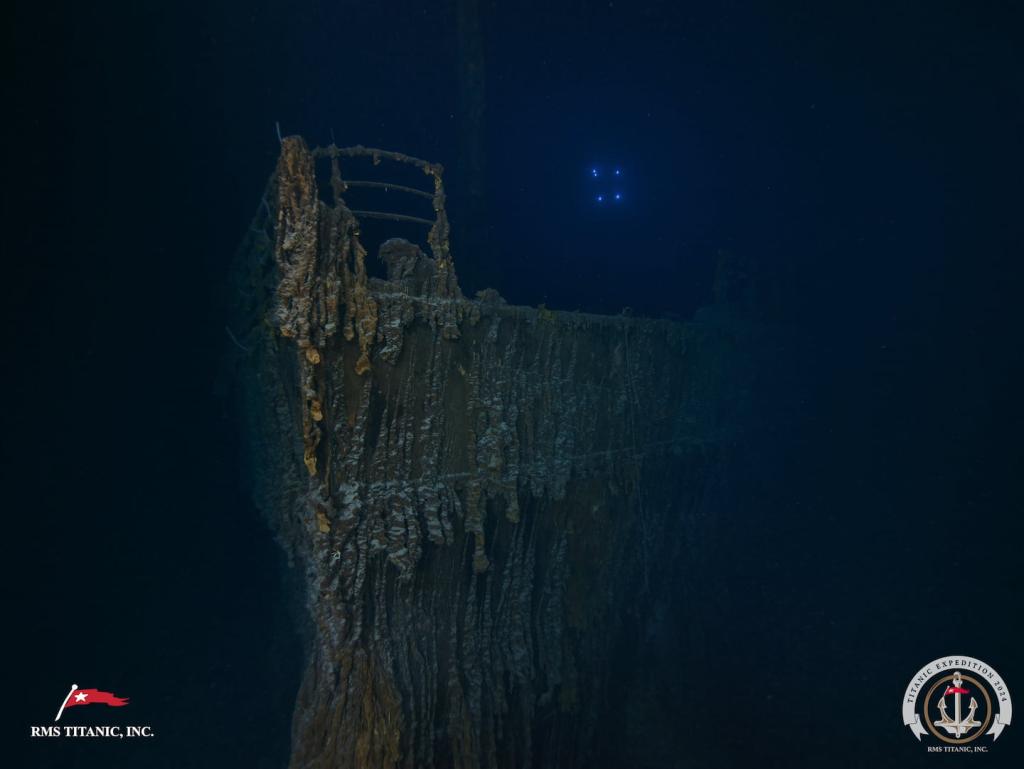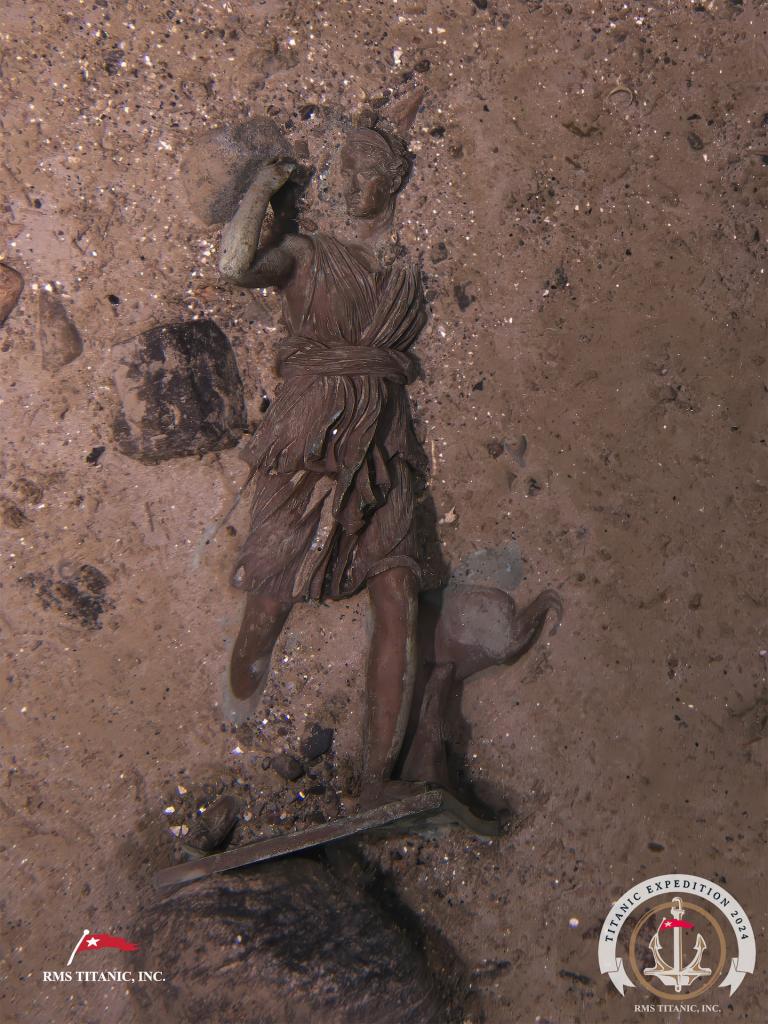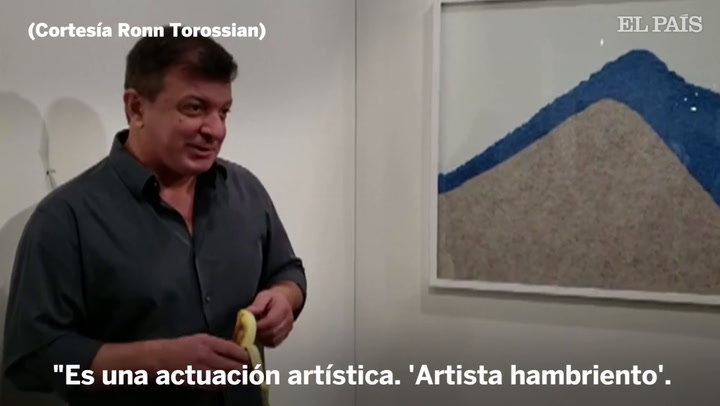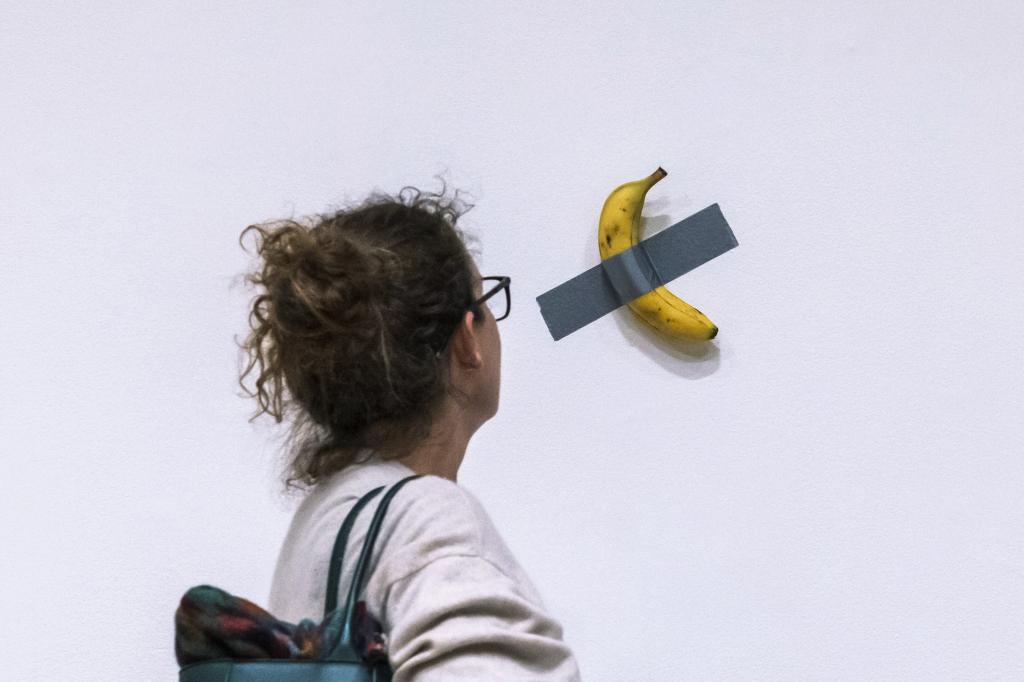Rediscovering Titanic Artifacts Amidst Decay and Time
Uncover the Titanic’s hidden treasures, including the iconic "Diana of Versailles" statue, as time continues to reshape this famous shipwreck.

Key Points
- The recent RMS Titanic
Inc. expedition revealed significant decay, including the loss of a portion of the iconic bow railing.
- Researchers rediscovered the historically significant "Diana of Versailles
" statue, previously lost since 1986, emphasizing the value of ongoing exploration.
- As the Titanic deteriorates, the need for preservation and recovery efforts increases to honor the memories of those who perished in the tragedy.
The Titanic, a ship that once epitomized luxury and innovation, has become a symbol of tragedy since it sank in April 1912 after hitting an iceberg. Now resting 3,800 meters below the Atlantic surface, this historic vessel faces the relentless assault of time and nature. Recent expeditions have shed light on both the slow decay of the wreck and the fascinating discoveries of artifacts that tell us more about the Titanic’s storied past.
The Latest Expedition: A Journey Into the Abyss
This summer, RMS Titanic Inc., the company that holds the legal rights to salvage the wreck, embarked on its first expedition since 2010. Over 20 days, the crew utilized advanced remotely operated vehicles (ROVs) to capture stunning high-resolution images and intricate 3D scans of the Titanic and its surrounding debris field. With over two million images taken, this operation presented a treasure trove of data for further scientific analysis.

Among the most striking revelations was the discovery that a large portion of the ship's iconic bow railing had succumbed to time and now rests at the seafloor. “The bow of Titanic is just iconic—what you think of when you think of the shipwreck. And it doesn’t look like that anymore.” said Tomasina Ray, director of collections at RMS Titanic Inc. This loss serves as a stark reminder of the inevitable decay faced by all structures, especially those in such extreme underwater conditions.
A Bittersweet Mix of Discovery
While the team mourned the loss of the railing, the expedition also yielded remarkable finds that reignite interest in Titanic’s story. They successfully rediscovered the “Diana of Versailles”, a beautiful bronze statue that graced the first-class lounge and had not been seen since 1986. This statue, which stands 60 cm tall, has been compared to finding a needle in a haystack due to its lost location.
“The rediscovery of the Diana statue is a perfect argument against leaving Titanic alone," remarked James Penca, a Titanic researcher. He emphasized the statue’s cultural significance and the desire to bring it back for public admiration. Art like this is not just about aesthetics; it embodies the history and craftsmanship of an era long past.

The Deterioration of a Legend
The state of the Titanic raises crucial ethical questions regarding preservation and exploration. The ship’s decay is accelerated by exposure to saltwater and marine microbes, which generate rusticles, creating a haunting beauty in this underwater grave. As the vessel continues to deteriorate, the urgency for recovery efforts increases not only to preserve artifacts but also to honor the memories of those who perished in the disaster.
Scientists and historians remain committed to ongoing research, as the Titanic site is not merely a wreck; it is a historical resource. Each expedition enriches our knowledge and understanding of what was once the largest ship in the world and the circumstances surrounding its tragic sinking.
The Titanic is more than just a shipwreck; it is a reminder of innovation, tragedy, and the passage of time. As our technologies and methods of exploration improve, so too does our ability to preserve its story for future generations.
In wrapping up, the recent expedition to the Titanic has unveiled both the devastation wrought by time and the treasures hidden deep within its wreck. With the rediscovery of the “Diana of Versailles” and a detailed mapping of the wreck, there lies hope that more artifacts will emerge from the depths. This enduring journey not only honors the past but encourages an appreciation for history, exploration, and the need to cherish our shared heritage.


